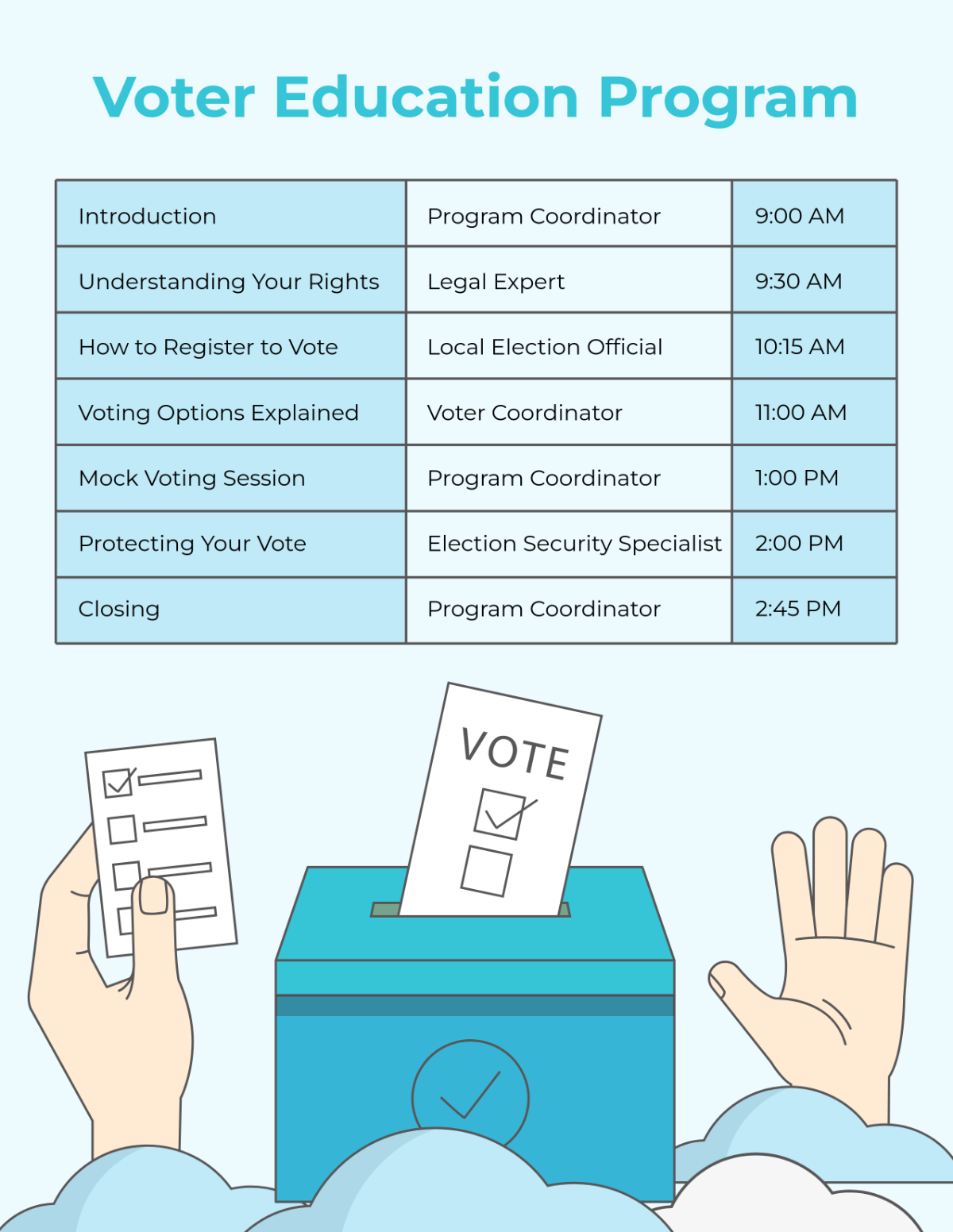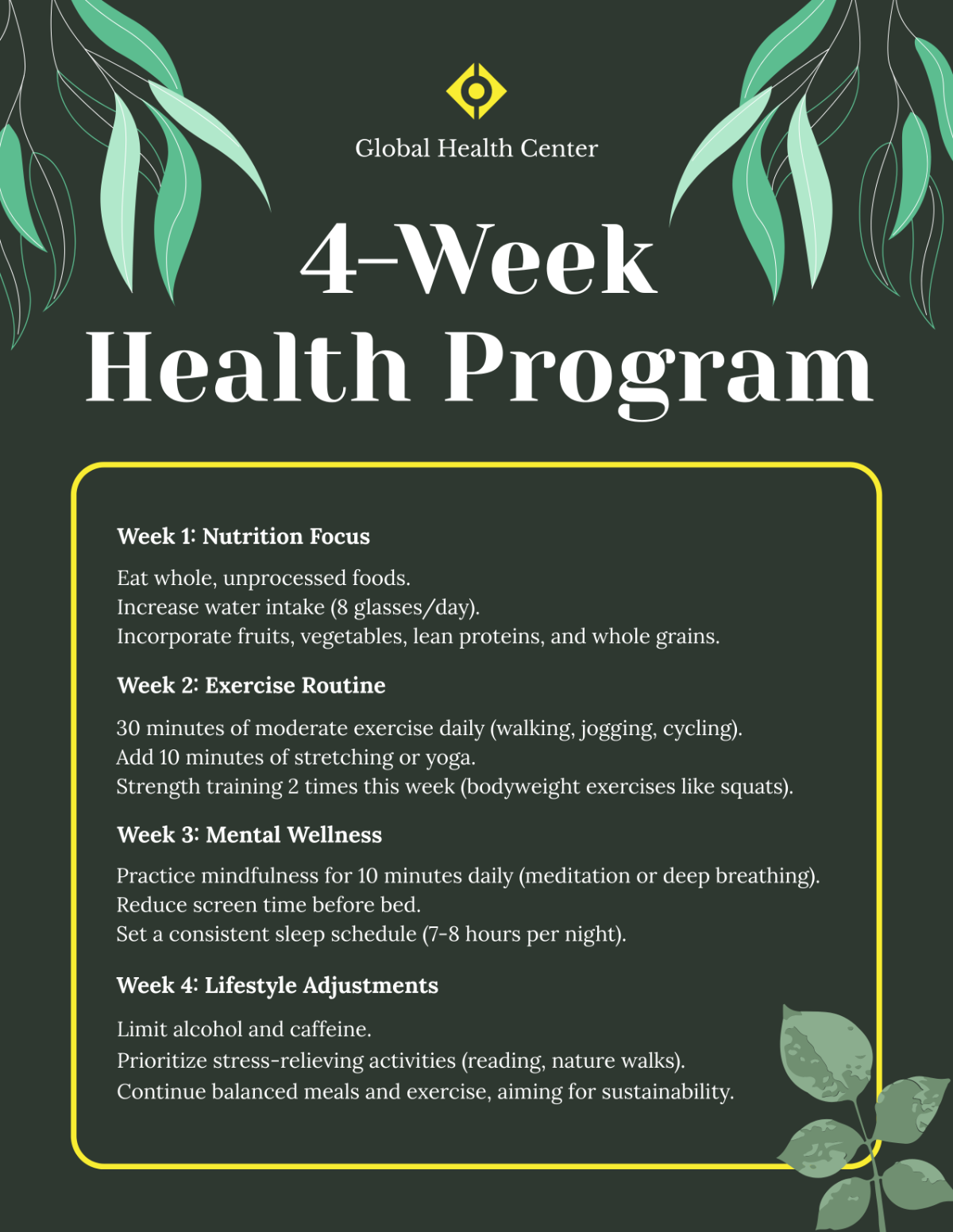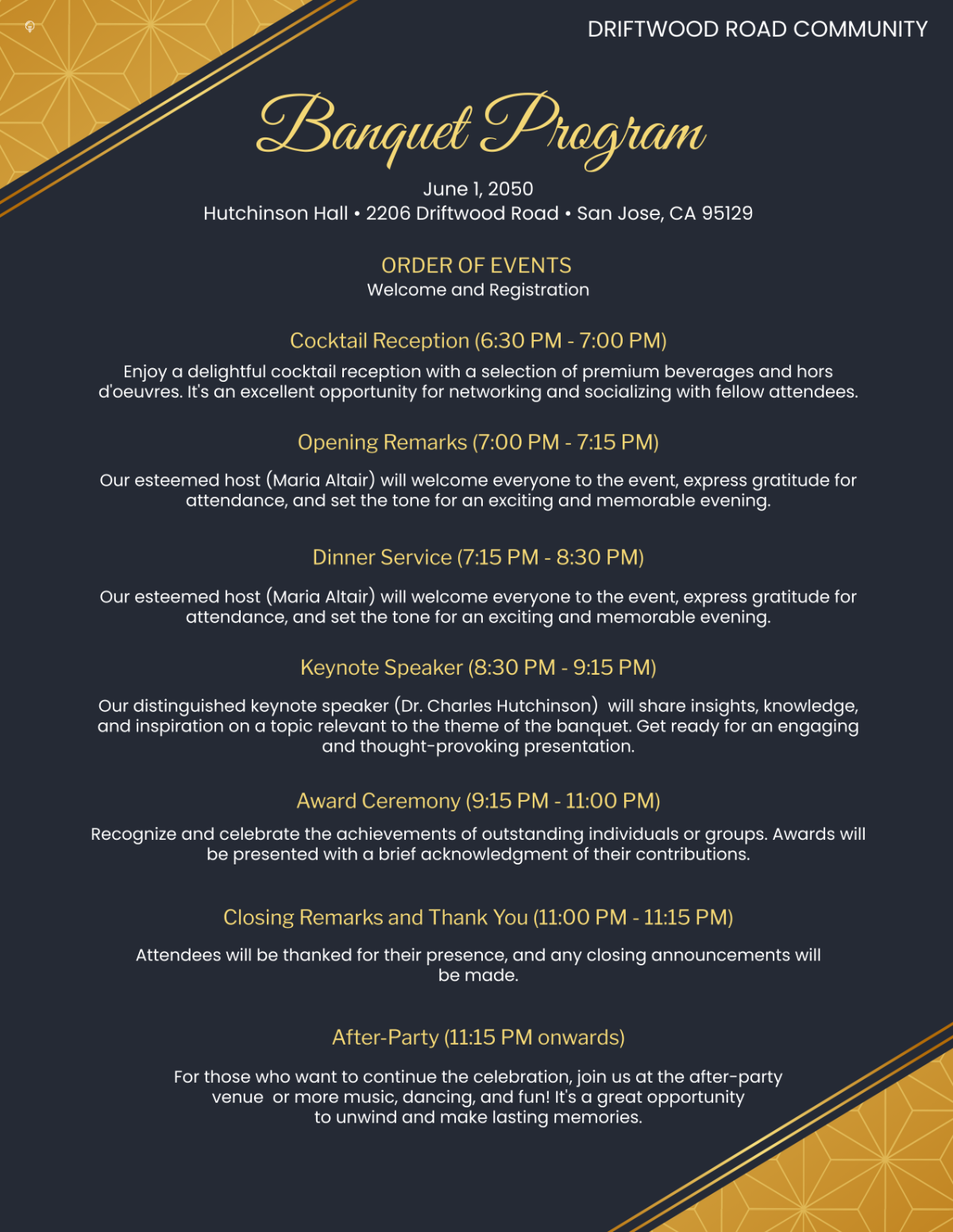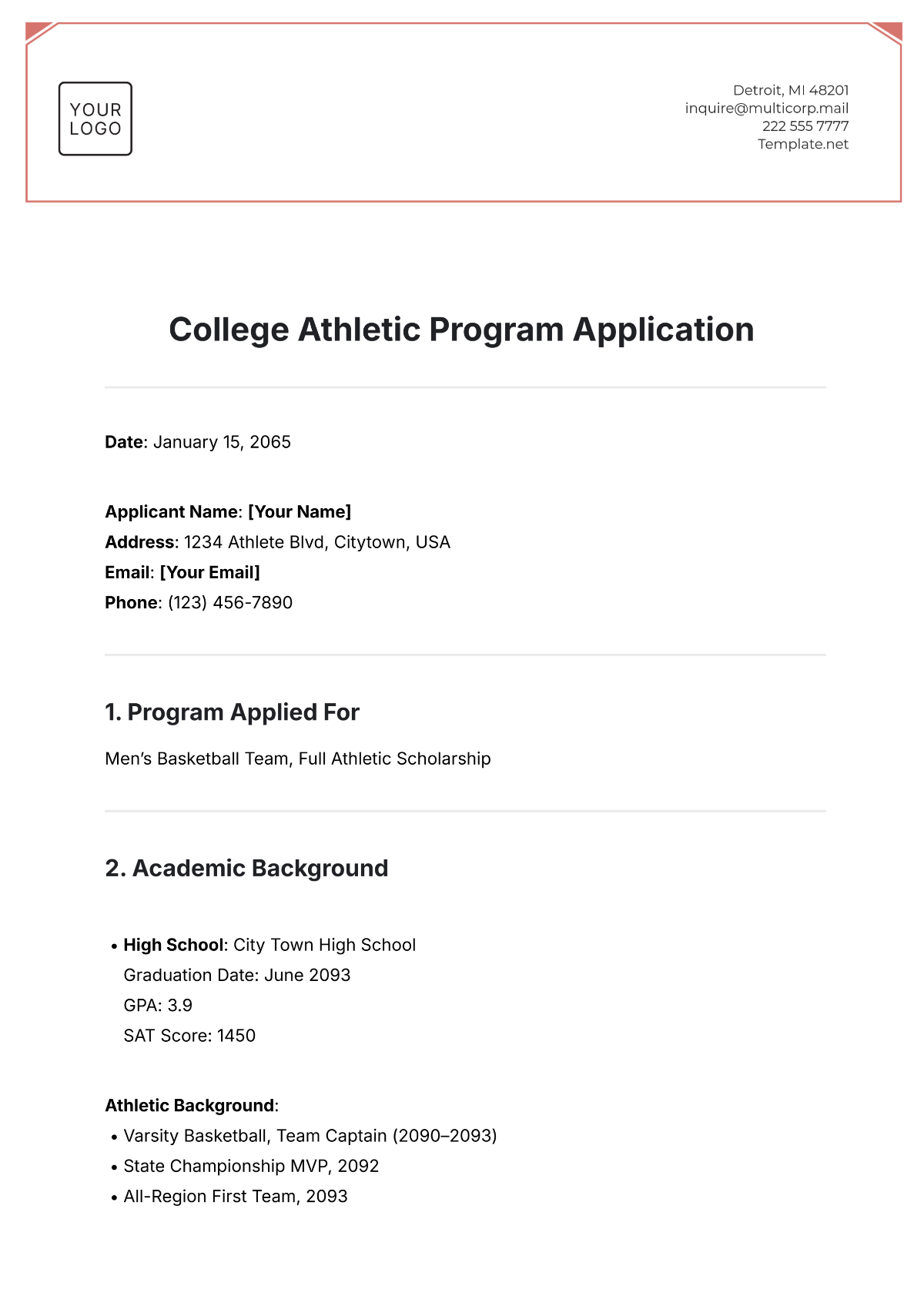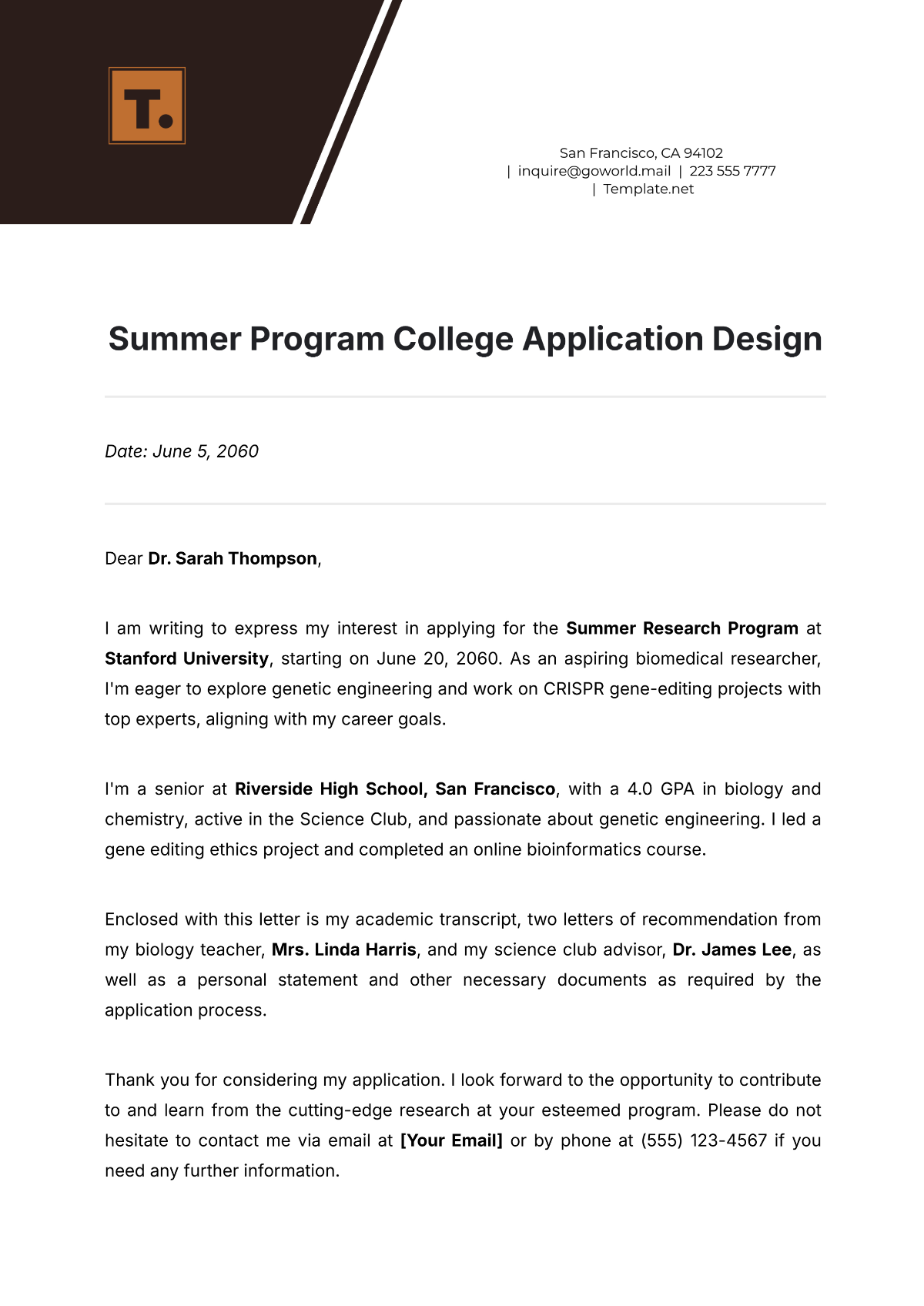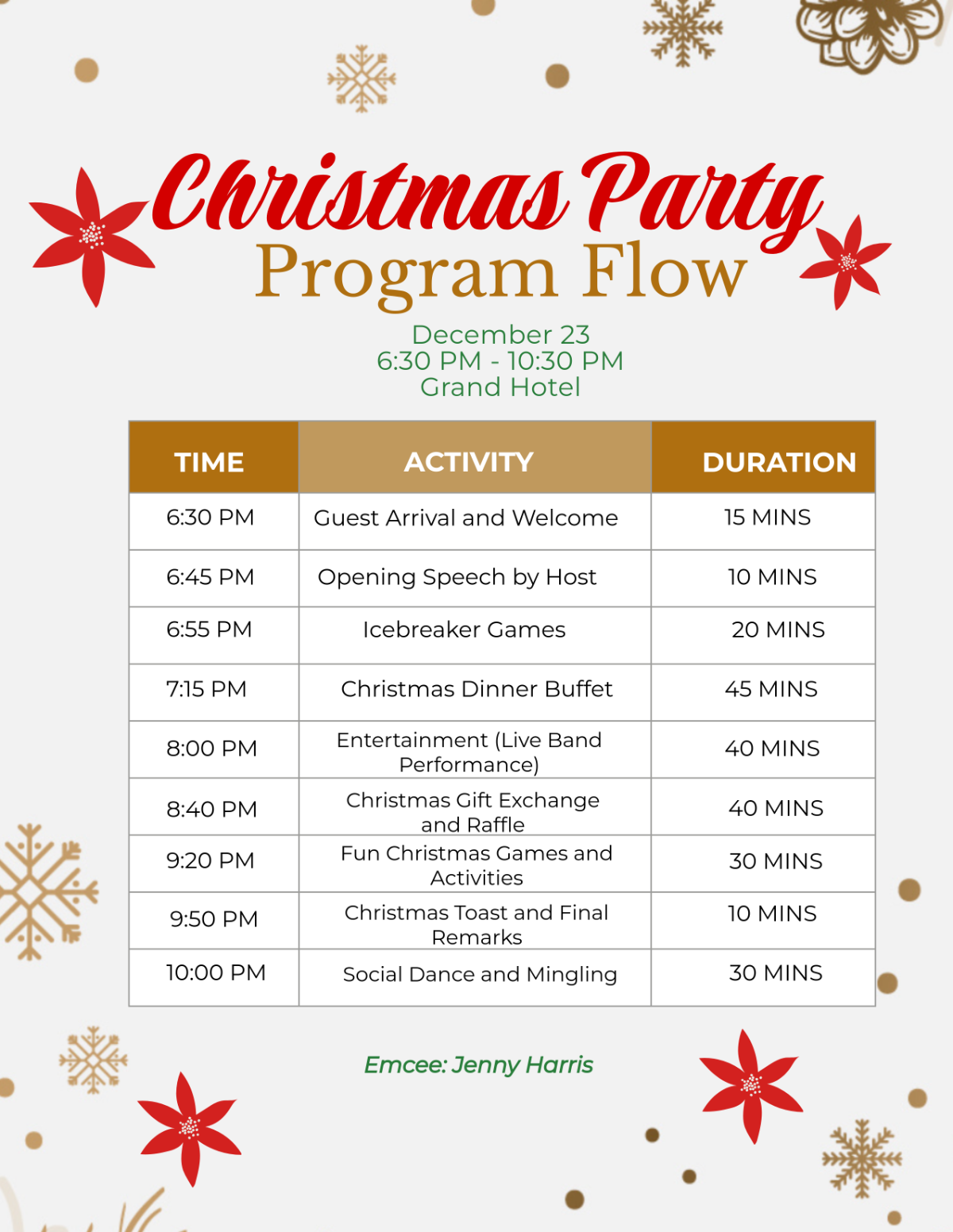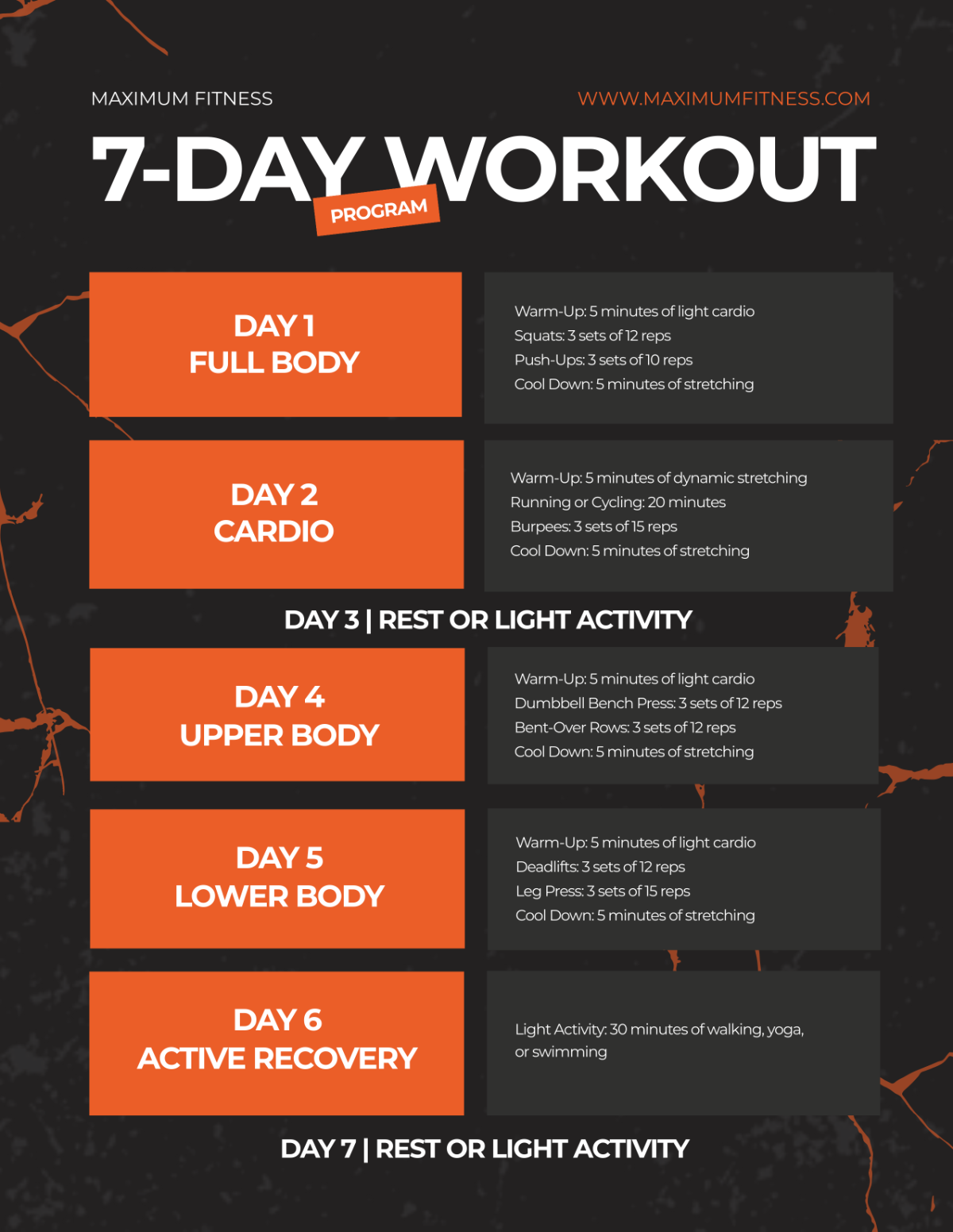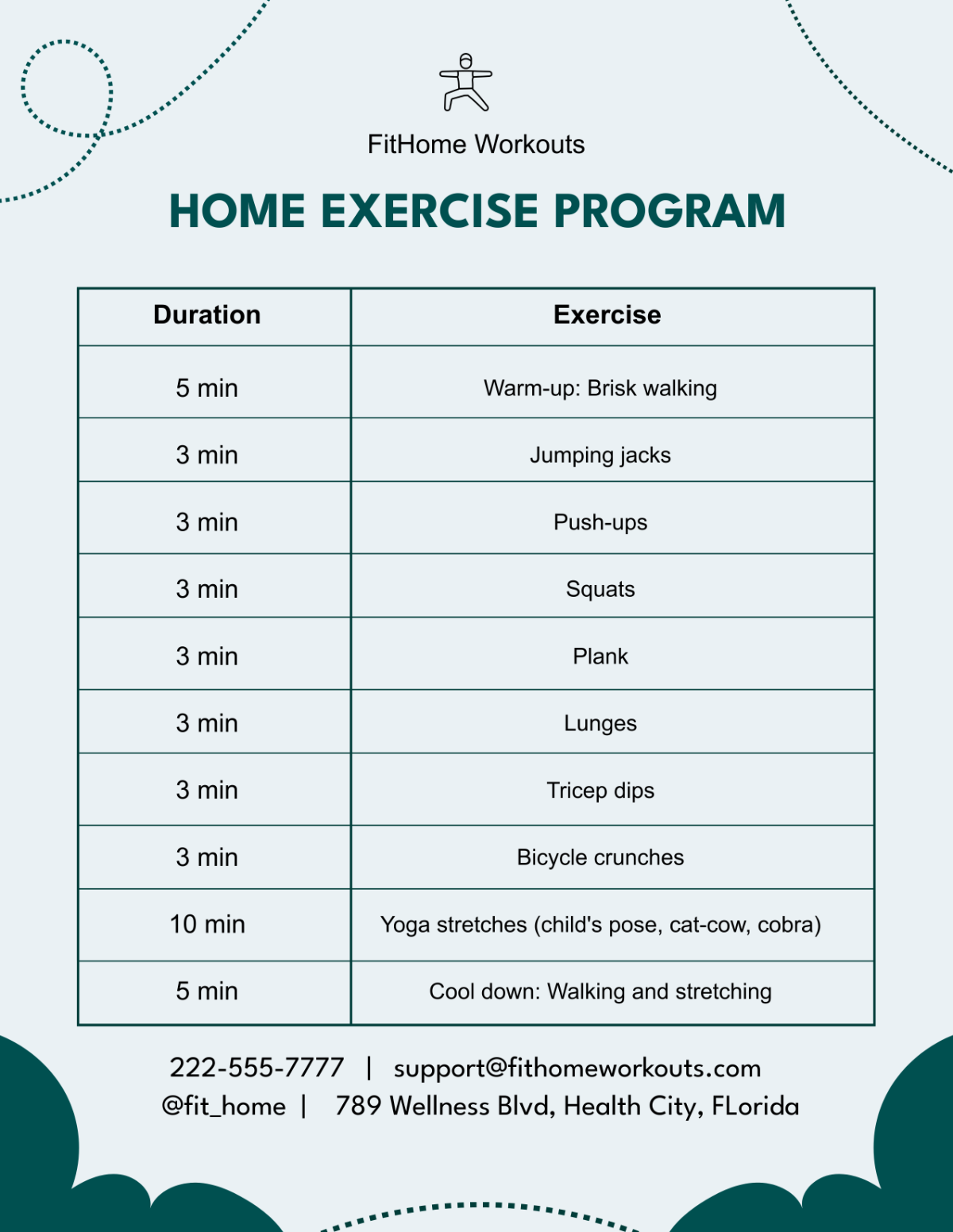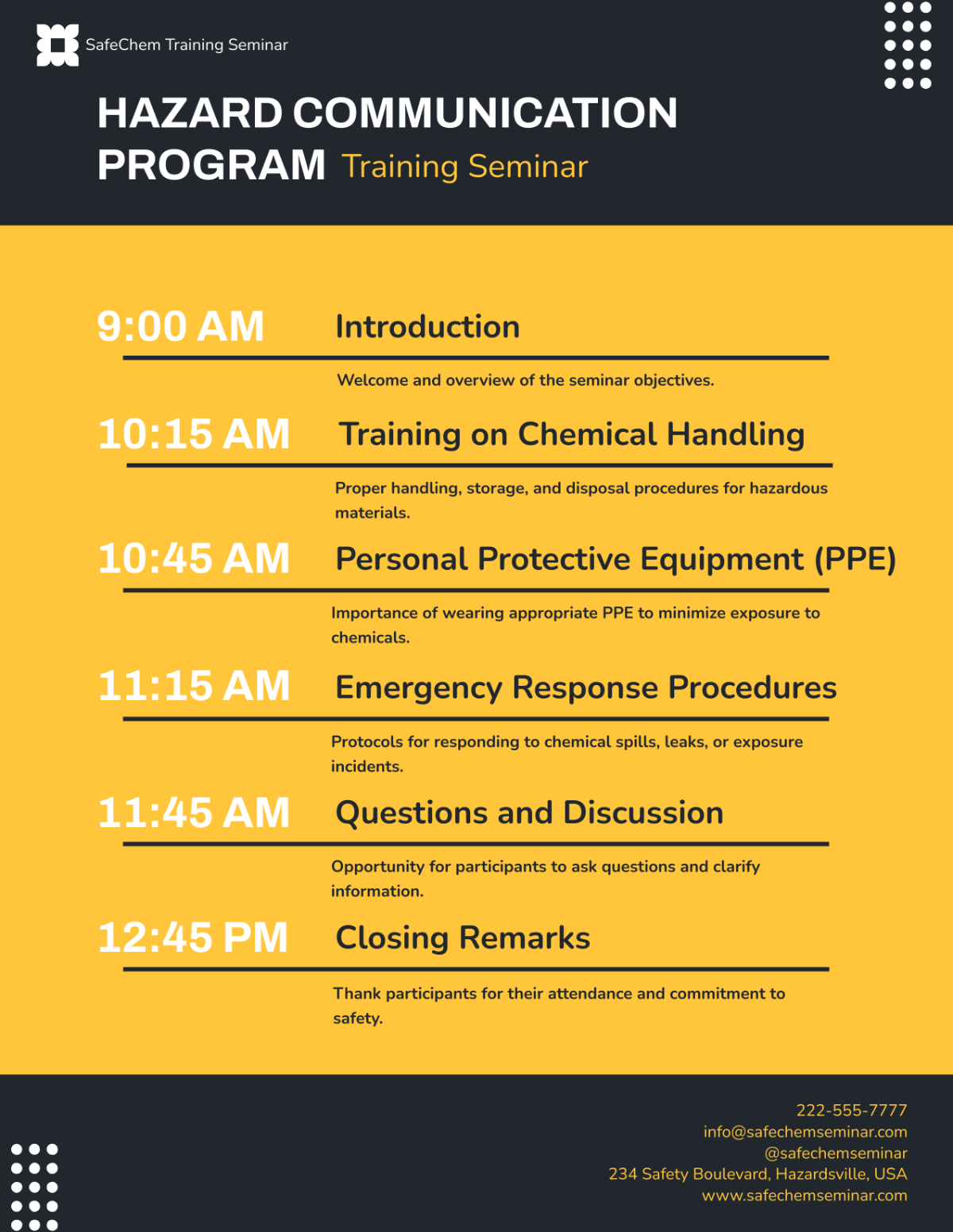Marketing SEO Analysis Program
1. Introduction
This program aims to provide a structured approach to analyze and optimize the Search Engine Optimization (SEO) strategies for [Your Company Name]. By adhering to the guidelines and checkpoints listed herein, we intend to increase organic traffic, improve search engine rankings, and achieve marketing goals.
2. Objectives
The objectives of this Marketing SEO Analysis Program are multi-faceted, aiming to address both the qualitative and quantitative aspects of SEO.
Specifically, we intend to:
Identify Valuable Keywords and Implement Them into Content: The cornerstone of any successful SEO strategy is effective keyword targeting. Through comprehensive research, we aim to identify the most valuable keywords for [Your Company Name]. Once identified, these keywords will be strategically implemented into various types of content, ranging from blog posts to product descriptions, to improve our organic search rankings.
Improve the Technical Aspects of the Website for Better Indexability: A website’s technical structure plays a critical role in its ability to rank well in search engines. This includes, but is not limited to, site speed, mobile-friendliness, and secure, accessible URLs. Our objective is to optimize these elements to ensure that the website is easily crawlable and indexable by search engines.
Build High-Quality Backlinks for Higher Domain Authority: Backlinks are a significant factor in how search engines rank websites. Therefore, we aim to build a strong backlink profile by acquiring high-quality backlinks from reputable websites. By doing so, we intend to increase our domain authority, which is an important metric that impacts our search engine ranking.
By fulfilling these objectives, we aim to bolster [Your Company Name]'s online presence and make significant strides in achieving our overall marketing goals.
3. Scope
The scope of this Marketing SEO Analysis Program is comprehensive, encompassing all web pages that fall under the domain of [Your Company Website]. This includes a wide range of online assets, such as the homepage, product pages, blog posts, and landing pages, among others. Our holistic approach ensures that each of these elements is fully optimized for search engines to maximize visibility and organic traffic. By covering all these aspects, we aim to create a cohesive and effective SEO strategy that aligns with [Your Company Name]'s overall marketing objectives. This expansive scope ensures that no opportunity for optimization is missed, allowing for a more integrated and effective SEO strategy.
4. Methodology
In our Marketing SEO Analysis Program, data collection forms the backbone of our methodology. We rely on Google Analytics, Google Search Console, and various third-party SEO tools to gather critical insights into website performance, keyword rankings, and user behavior. This data serves as the foundation for our in-depth analysis. Our review process is structured to occur on a quarterly basis, providing a long-term view of SEO effectiveness and areas for improvement. Additionally, we track progress monthly to capture short-term fluctuations and react swiftly to any emerging trends or issues. This dual-frequency approach ensures we have both the macro and micro perspectives needed to optimize [Your Company Name]'s online presence effectively.
5. Keyword Analysis
This table serves as a useful tool for stakeholders to quickly grasp the priority and performance metrics associated with each keyword.
Keyword Category | Keywords | Search Volume | Competition | Current Ranking |
High-Priority Keywords | Keyword 1 | 10,000 | High | 5 |
Keyword 2 | 9,500 | Medium | 10 | |
Secondary Keywords | Keyword A | 3,000 | Low | 20 |
Keyword B | 2,800 | Low | 25 |
Notes:
Search Volume: The number of monthly searches for the keyword.
Competition: Level of competition for the keyword; High, Medium, or Low.
Current Ranking: The website's current ranking position for the keyword in search engine results.
6. Comprehensive SEO Strategy Overview
This chapter provides an overview of our SEO strategy, encompassing On-Page, Off-Page, and Technical SEO elements. The table outlines key activities under each category along with their respective goals and status.
SEO Category | Activity | Goal/Target | Status | Notes |
On-Page SEO | Title Tag Optimization | Include target keywords | In Progress | Updating 50% of pages |
Meta Description | 150-160 characters, include keywords | Completed | All main pages updated | |
Off-Page SEO | Content Optimization | Use high-priority keywords | In Progress | 30% of blog posts optimized |
Backlink Building | Target high-quality domains | Ongoing | 20 new backlinks this month | |
Social Media Engagement | Promote content on various platforms | Ongoing | Weekly posts across all platforms | |
Technical SEO | Page Speed Optimization | Load time under 3 seconds | In Progress | 75% of pages meet criteria |
Mobile Responsiveness | 100% mobile-friendly | Completed | Passed Google's mobile-friendly test | |
Sitemap Submission | Submit updated sitemap to Google | Completed | Last updated [Date] |
7. Reporting
A detailed report will be generated at the end of each quarter with all key performance indicators and comparison with the previous quarter.
8. Conclusion
This program provides a structured approach to SEO optimization, aiming to enhance the online visibility and searchability of [Your Company Name].
By implementing the strategies outlined in this Marketing SEO Analysis Program, [Your Company Name] aims to achieve a significant improvement in its online marketing metrics.










